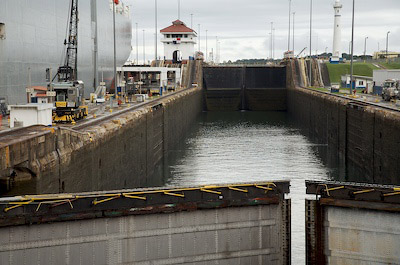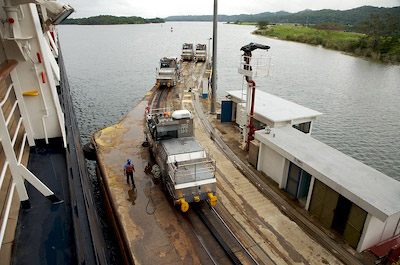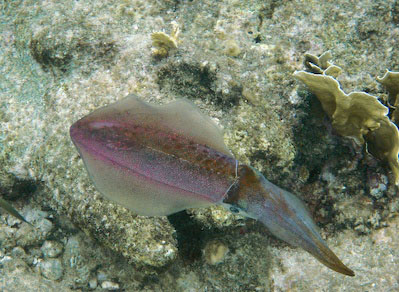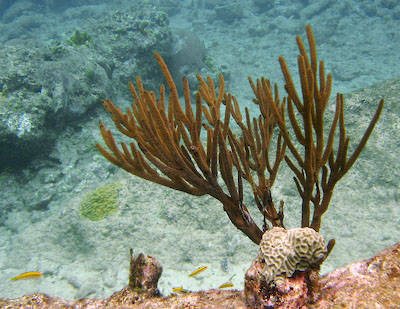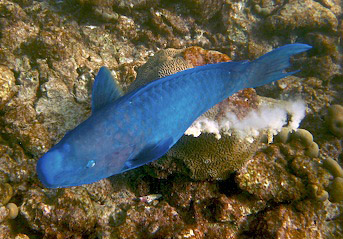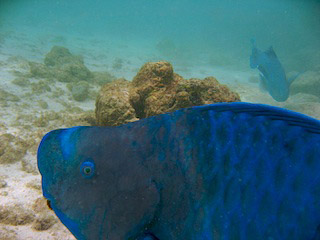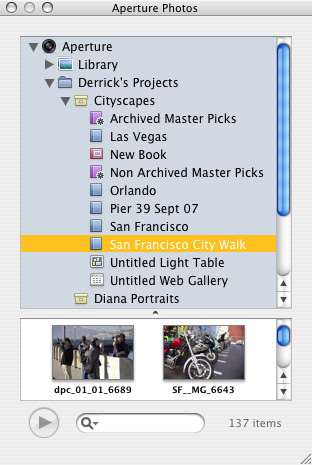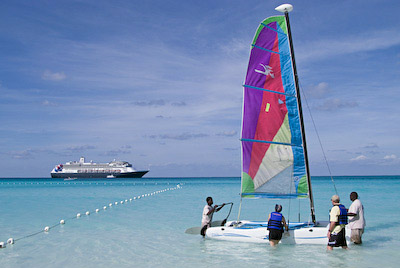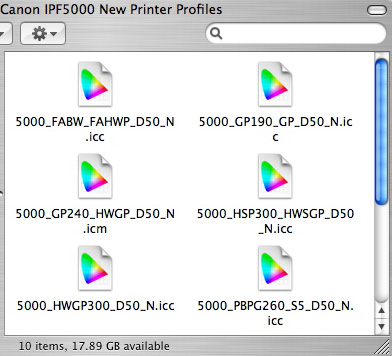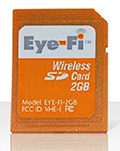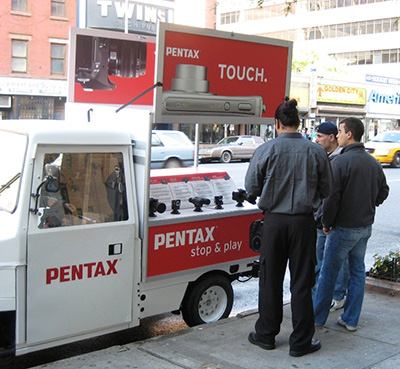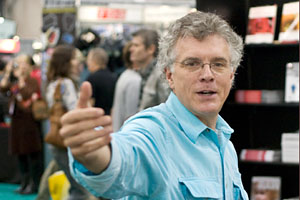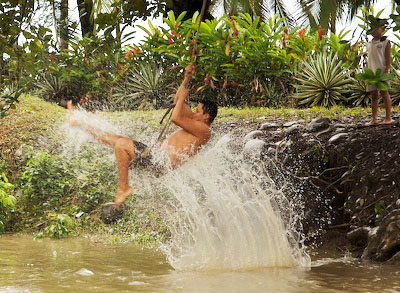
After a while, the rain just becomes part of the landscape. I don't really think about it. I'm dressed for it. And I know from previous experience that the Canon 5D with the 24-105mm f-4 lens with front filter and lens hood attached is a fairly water-resistant rig.
So, wearing Tevas, swimsuit trunks, and an unnatural fiber shirt, I ventured out into the Port Limon area of Costa Rica to see what I could find. Ironically, while on a small boat in the Tortuguero Canals, I came across this young man swinging on a rope and splashing while it rained.
By moving the ISO up to 640, I was able to get enough shutter speed (1/180th) to freeze the water. The aperture was f-5.6. In fact, I never was able to move the ISO down during the entire course of the day. Seemed like I was always on a boat or hanging off a rustic train that jiggled and rattled its way through countryside and small villages.
I'm sailing home now as I write this. Cuba is off the starboard side of the ship. I really could go for a few more days... rain and all.
Technorati Tags: digital photography, The Digital Story, Costa Rica
